| Structure | Name/CAS No. | Articles |
|---|---|---|
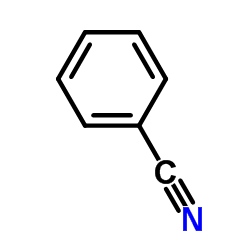 |
Benzonitrile
CAS:100-47-0 |
|
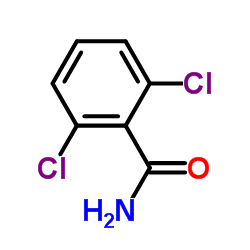 |
BAM
CAS:2008-58-4 |
|
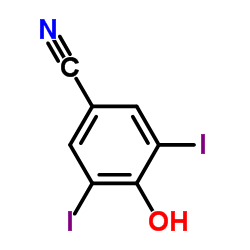 |
IOXYNIL
CAS:1689-83-4 |
|
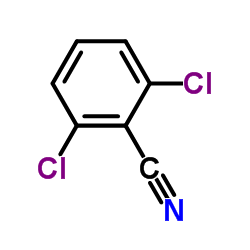 |
2,6-Dichlorobenzonitrile
CAS:1194-65-6 |
|
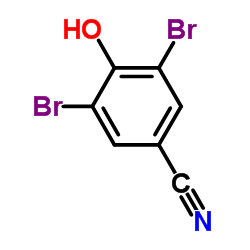 |
Bromoxynil
CAS:1689-84-5 |